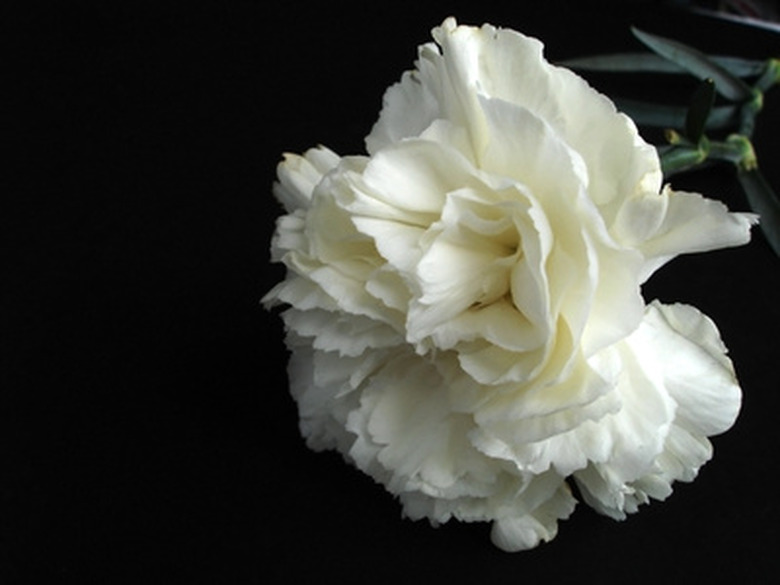Easy Science Projects For Kindergarten
Kindergarteners may think that science experiments produce dramatic results by magic. Teach students about scientific methodology to help them understand that scientists can predict, control and replicate the results of any science experiment. Provide opportunities for kindergarteners to practice using the scientific method with easy science projects in the classroom.
Volcano
Volcano
Experiment with earth science by simulating a volcanic eruption. Kindergarteners can mold clay around empty plastic bottles to form volcanoes. While wearing safety goggles, the children can pour vinegar into the bottle, then add baking soda to cause an "eruption." Extend the activity by dividing children into three groups that will test different combinations of ingredients. Have the class predict which combination will cause the strongest eruption. Students can hold a ruler next to the volcano to measure the height of the eruption, then use it to measure the distance of the "lava flow." One group can mix vinegar and baking soda in a volcano, a second group can mix yeast and hydrogen peroxide in another volcano and a third group can mix baking soda and lemon juice in the last volcano. Compare the results and review the class's predictions.
Crystals
Crystals
Grow salt and sugar crystals and compare their forms. Fill a glass jar with hot water. One at a time, kindergarteners can add salt and stir until the salt begins to settle on the bottom of the jar rather than dissolve into the solution. Fill another glass jar with hot water and have children stir in sugar until it will no longer dissolve. For each jar, tie a piece of string onto the middle of a pencil. Lay the pencil on the jar, letting the string hang into the water without touching the sides. The class can predict the shape, size and growth rates of each type of crystal. Children can use a magnifying glass to observe the crystal growth over several days or weeks and draw pictures of the results.
Ink Pigments
Ink Pigments
Separate ink from a marker into its component colors with a fast and easy experiment. Each child can place a quarter in the middle of a coffee filter and trace around it with his favorite color of washable marker. Help each child spread the coffee filter over a cup. Demonstrate how to dip your finger in water, and then touch the middle of the coffee filter. Kindergarteners can continue adding drops of water to their own coffee filters until the middle circle of the coffee filter is wet. The ink will spread outward, leaving rows of colored pigment. Use the experiment to introduce a lesson on color mixing or primary and secondary colors.
Colored Carnations
Colored Carnations
Demonstrate capillary action in plants with color-changing carnations. Kindergarteners can "suit up" for the experiment by putting on a protective shirt and rubber or latex gloves (check with parents beforehand to make sure no kids are allergic to latex). Each child can fill a jar with water and squeeze in 20 to 30 drops of food coloring, then select a white carnation to place in the jar. The teacher can cut the stem at an angle while holding it underwater, as cutting it out of the water will introduce air into the stem and ruin the experiment. Children can observe the plant's leaves and petals over several hours or days and notice the migration of the colored dye. Extend the project by using several different colors and comparing how fast each color of dye travels to the petals.
Cite This Article
MLA
Vieth, Melody. "Easy Science Projects For Kindergarten" sciencing.com, https://www.sciencing.com/easy-science-projects-kindergarten-7189952/. 22 November 2019.
APA
Vieth, Melody. (2019, November 22). Easy Science Projects For Kindergarten. sciencing.com. Retrieved from https://www.sciencing.com/easy-science-projects-kindergarten-7189952/
Chicago
Vieth, Melody. Easy Science Projects For Kindergarten last modified August 30, 2022. https://www.sciencing.com/easy-science-projects-kindergarten-7189952/
